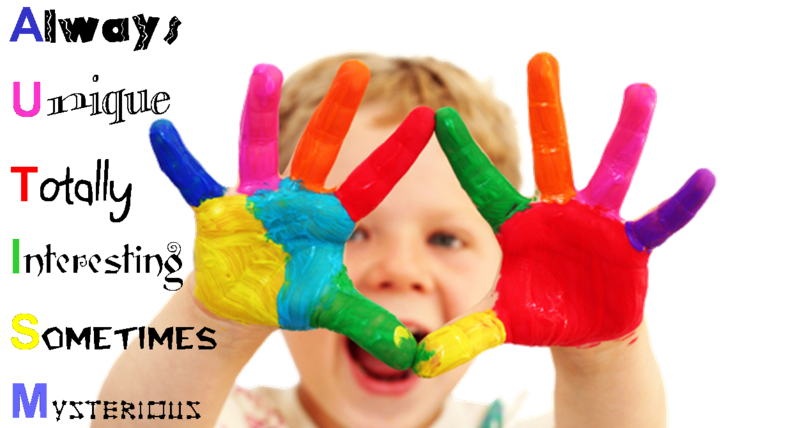
After weeks of research reading through articles, exploring blogs, searching through grassroots organizations and watching videos I have realized there is so much more I have to learn about autism spectrum. The majority of the grassroots I found during my research started out as parents who had kids with autism trying to find a space where they could come together and talk about their lives with having a child with autism, then over the years developed into larger organizations. The problem that I found however that not many of the organizations dealt with autism in schools, but rather just focused on community awareness and support for the individual families. However through much research, via blogs, I discovered that there is a network of teachers and parents who not only advocate for students with autism, but also strive to provide the tools and resources needed for teachers to better teach students with autism spectrum in their classrooms.
In my Urban Education class (Educ 2272) this semester we dealt a lot with allowing the people who are being directly affected advocate for themselves, which many times comes through grassroots organizations. However, throughout my research not many organizations were organized and run by individuals with autism. In fact, I came across several blogs who protested these national autism advocacy programs because they felt as if their needs were not being accurately articulated because they had no say in program planning and rarely was allowed to give their testimonials. For the purpose of this prjcet however, I tried to focus on groups that either were started by somebody who had direct involvement with autism, aka family members, or were individuals who were on the autism spectrum.
Unlike the grassroots organization videos we watched during my class, many of the videos I found were PSA more focused on autism awareness as opposed to promoting and making change, at least via protest and “radical” activism. Several of the organizations I found promoted that they focused on policy changing, however not many of them talked about the policies that they helped to change or were fighting to change.
After completing this project I realize just how challenging it is to 1) get a grassroots organization started, 2) provide resources for the community, 3) finding funding, and 4) maintaining momentum when a lot of the issues seem impossible to change. However, it was the small moments of reading blogs by families dealing with autism, hearing the testimonial of kids trying to understand what autism is and how it effects them and reading about the endless grassroots organizations and their struggles to obtain funding and support but their perseverance to continue on. However after completing this project I also understand the IMPORTANCE and NECESITY of having grassroots organizations. When a top down model exist, there are individuals who think they know what is best for a particular community and impose their opinions upon that community, not always taking into account the ACTUAL needs of that community. Whereas with the grassroots organizations wave read about in class, as well as the ones I found myself, there was a huge difference. Those organizations had more concrete and tangible programs that tried to address specific issues that effected their community. Although not always well known and popularized, their works in their community produced greater results and in many cases proved to be better than grassroots organizations created by individuals with no personal involvement or investment.
The last and most frustrating part of this research was trying to find these grassroots organizations. Once I found one organization in a specific area it turned into a snowball effect, but trying to find that initial organization was difficult, not because they don’t exist but because of the “fake” grassroots that were being popularized. There are several well-known autism advocacy groups that I kept running into no matter where I looked, however they did not have involvement from community members, people with autism, and although they were non for profit, had funding from big popularized names and funds. This is not to say those grassroots organizations are not doing positive things, it’s just to say for the smaller, more localized organizations, it was harder to find them. With all that being said, I do have a deeper respect and understanding about the ways in which grassroots can help best provide for their communities. Its community members advocating for themselves and who better know their needs then the people who it effects. With that I end with a video by The goodie mob, featuring Janelle Monae. The song is an encapsulation of all my research and in many ways a message to those individuals who have autism. Being called different does not make you inferior, it makes you special. It makes you unique, and it makes you loved. As the song says over and over again, “I am different and I don’t care, don’t you want to be special”(The goodie mob)
“Sometimes your light shines so bright that it blinds people from seeing who you really are.”
― Shannon L. Alder
